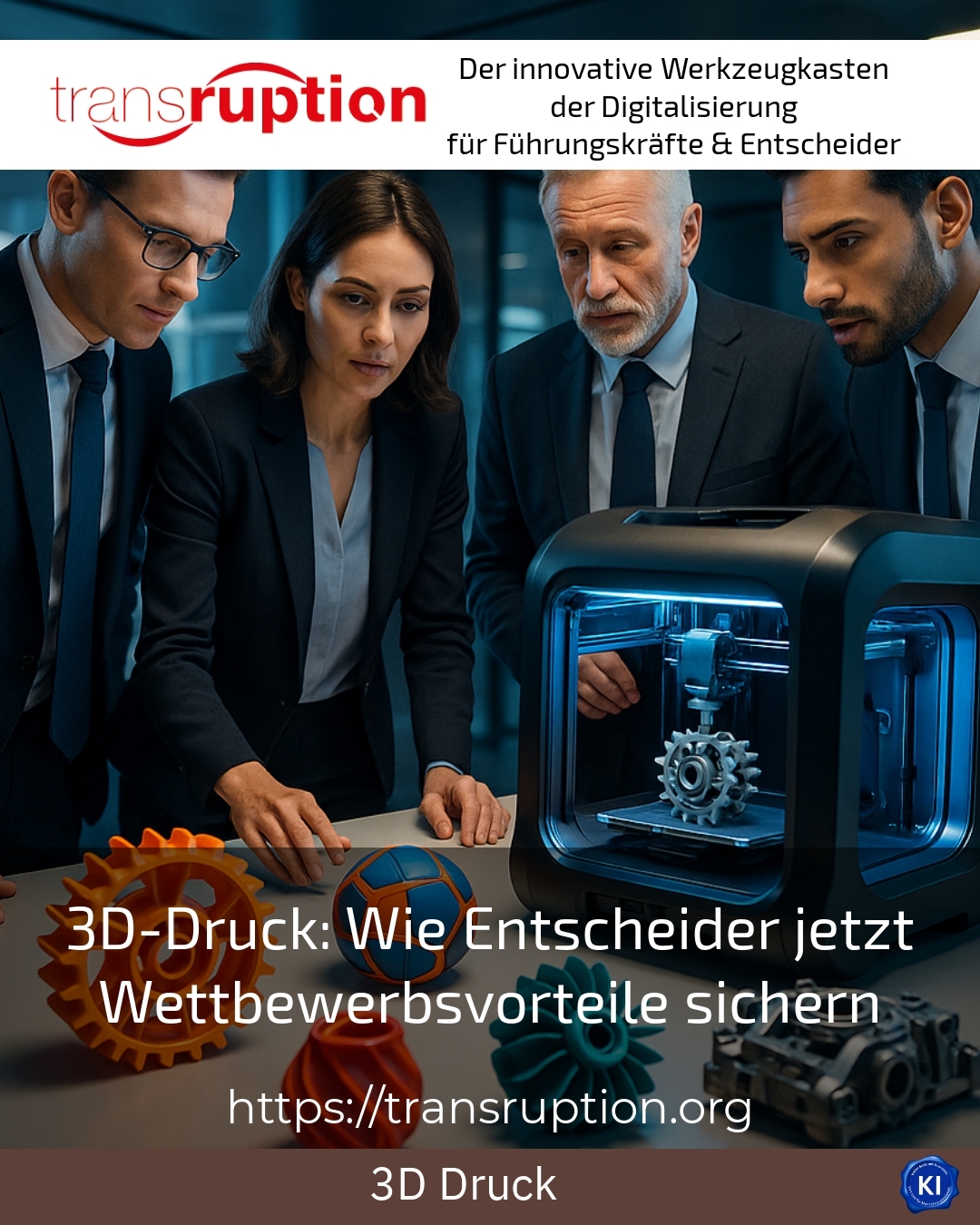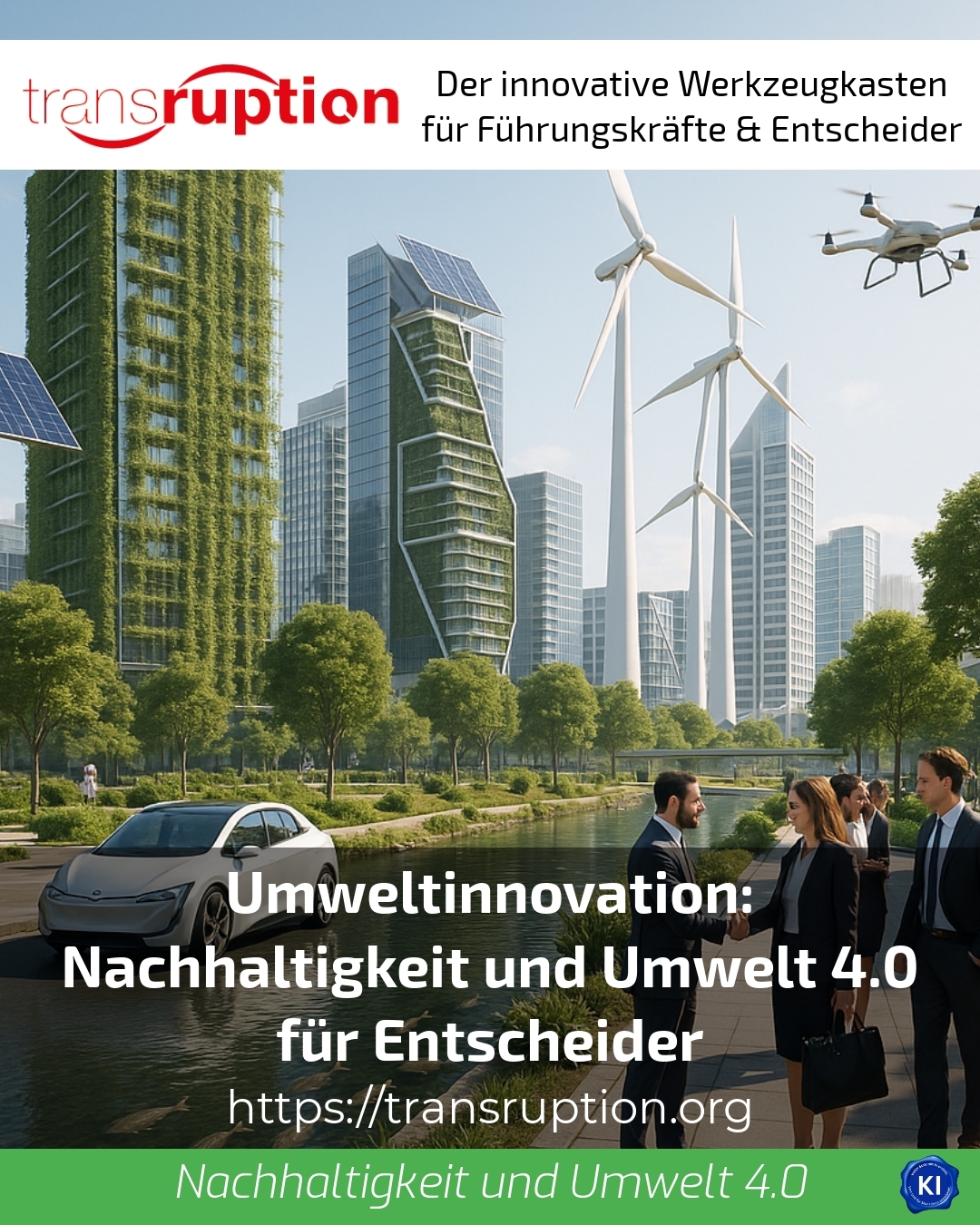Environmental innovation as an opportunity for sustainable development
More and more decision-makers are looking for ways in which environmental innovation can be specifically integrated into companies. The focus here is on the question of how innovative approaches in the field of sustainability can contribute to addressing both environmental challenges and economic requirements. Environmental innovation helps to provide valuable impetus for sustainable development projects and support a wide range of topics.
New technologies promote environmental innovation
Digital technologies play a central role in today's networked economy. Smart grids, Internet of Things (IoT) sensors and artificial intelligence make it possible to utilise resources more efficiently and reduce emissions. Many companies rely on digitally networked circular economy models to make material flows transparent and minimise waste. Such approaches drive environmental innovation by also making sustainability economically attractive.
BEST PRACTICE at company XYZ (name changed due to NDA contract) A fully digitalised take-back system for production waste was established there. The system collects data on material flows in real time, enabling precise control of recycling. This approach has reduced the consumption of primary raw materials by over 30 per cent and measurably reduced emissions along the supply chain.
In the context of sustainable Industry 4.0, new forms of cooperation are emerging across company boundaries. The principle of cooperation is essential for environmental innovation: together, stakeholders along the value chains can develop innovative business models that both reduce environmental impact and maintain competitiveness. It is important to support this change with practical assistance.
Sustainability and Environment 4.0 as strategic guard rails
For companies that embed sustainability in their core business, the importance of environmental innovation has increased once again in 2025. It is no longer just a matter of implementing individual projects in isolation, but of supporting ambitious, strategic transformation processes. Sustainability will thus become part of company-wide management - supported by standardised reporting frameworks and transparency requirements.
BEST PRACTICE at company XYZ (name changed due to NDA contract) The company implemented a comprehensive environmental management system that synchronises sustainability targets with EU regulations such as the Corporate Sustainability Reporting Directive (CSRD). This integration supports the management in harmonising environmental and economic key figures and making long-term decisions based on sound data.
In the area of conflict between profitability and ecological responsibility, environmental innovation is therefore not an end in itself, but a key factor for sustainable business models. Change requires courage and openness, but is often appreciated by decision-makers who want to support sustainable development in a responsible manner.
Industry examples of environmental innovation and sustainability
The implementation of environmental innovation varies greatly - it affects energy supply, mobility, production and more. In the energy industry, renewable energies and smart grids are becoming increasingly important in order to minimise greenhouse gas emissions. In the chemical industry, some companies are focusing on climate-neutral hydrogen as a raw material and are thus driving decarbonisation forward.
BEST PRACTICE at company XYZ (name changed due to NDA contract) A manufacturer of speciality chemicals has developed a process that uses hydrogen from renewable sources on a large scale. This innovation significantly reduces CO2 emissions from production and positions the company as a pioneer in the field of environmental innovation.
The automotive industry is also in the spotlight: sustainable fuels, connected vehicles and new sharing models are the result of intensive development work that keeps environmental innovation alive. At the same time, the digitalisation of production is opening up new opportunities to conserve resources and monitor emissions.
BEST PRACTICE at company XYZ (name changed due to NDA contract) A vehicle manufacturer integrated digital sensors and AI-supported analysis tools into its production. This measure enabled predictive maintenance and improved resource efficiency without compromising product quality.
Finally, the construction industry is also exemplary: smart building technologies, sustainable building materials and energy-efficient planning make environmental innovation tangible and measurable. Only through the joint commitment of planners, builders and investors can the circular economy and climate protection be successfully implemented.
My analysis
Environmental innovation is increasingly becoming an integral part of sustainable corporate management. It helps decision-makers to implement complex projects relating to Environment 4.0 in a targeted manner. Environmental innovation does not offer quick fixes, but provides impetus and supports the development of customised strategies that make both ecological and economic sense. According to my observations, many clients report that such support is particularly helpful in dealing with regulatory requirements, the integration of digital technologies and the development of sustainable business models.
Further links from the text above:
[1] From AI to the circular economy: these are the sustainability trends for 2025
[3] ESG Trends 2025: Focus on sustainability despite challenges
[6] Sustainability trends businesses must watch in 2025
For more information and if you have any questions, please contact Contact us or read more blog posts on the topic TRANSRUPTION here.
















